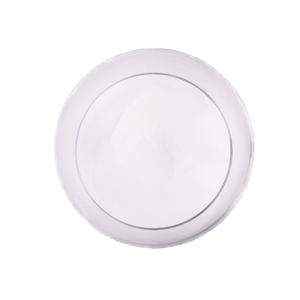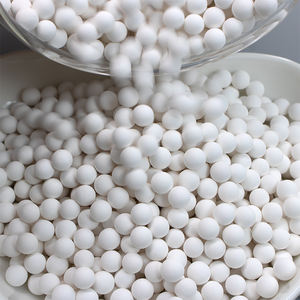Professional industry ceramic supplier, silicon nitride, silicon carbide, aluminum nitride and any other kinds of ceramics.
PRODUCT PARAMETERS
Description
Overview of Alumina Ceramic Crucible Square Sintered Al2O3 for Thermal Analysis Refractory Crucible
Alumina Ceramic Crucible Square Sintered Al2O3 for Thermal Analysis Refractory Crucible are non-metallic substances designed to withstand extreme temperatures exceeding 1,000°C, along with harsh chemical and physical stresses. They are essential for the inner linings of industrial furnaces, kilns, reactors, and incinerators, providing critical thermal insulation and structural integrity in processes ranging from metal and glass manufacturing to power generation.
Features of Alumina Ceramic Crucible Square Sintered Al2O3 for Thermal Analysis Refractory Crucible
-
High-Temperature Resistance: Maintain structural strength and stability at temperatures often exceeding 1500°C.
-
Excellent Thermal Shock Resistance: Withstand rapid heating and cooling cycles without cracking or spalling.
-
Chemical Inertness: Resist corrosion and degradation from slags, molten metals, and acidic or basic environments.
-
High Mechanical Strength: Possess considerable load-bearing capacity at operating temperatures.
-
Low Thermal Conductivity: Provide effective insulation to improve energy efficiency and protect furnace structures.
-
Abrasion Resistance: Withstand erosion from solid materials and gas flows.
Specification of Alumina Ceramic Crucible Square Sintered Al2O3 for Thermal Analysis Refractory Crucible
This square alumina ceramic crucible handles extreme heat. It’s made from sintered aluminum oxide (Al2O3). This material is very strong. It keeps its shape well at high temperatures. You need that for thermal analysis work. The crucible won’t melt easily. It won’t crack suddenly either.
The square design is practical. It fits neatly into many furnace types. It also makes handling samples easier. The crucible surface is smooth inside. This stops samples from sticking. Cleaning between uses is simpler. You get consistent results run after run.
Alumina ceramic resists chemicals too. Acids or bases won’t damage it much. This is vital for testing various materials. The crucible stays stable chemically. It doesn’t release unwanted elements. Your test results stay pure and accurate.
It withstands temperatures above 1700°C. Short bursts can go even higher. The crucible maintains strength throughout heating cycles. Thermal shock resistance is good. Sudden temperature changes are less risky. The crucible lasts longer this way.
Standard sizes are available. Common dimensions include 50ml, 100ml, and 150ml capacities. Other sizes are possible. The walls are thick enough for strength. They are not too thick to slow heat transfer. Weight is kept reasonable.
Applications of Alumina Ceramic Crucible Square Sintered Al2O3 for Thermal Analysis Refractory Crucible
Alumina ceramic crucibles are very important in labs and factories. They are made from sintered aluminum oxide. This makes them strong and reliable. These crucibles handle high heat very well. They resist chemical reactions too. This is key for many uses.
Thermal analysis needs precise tools. Alumina crucibles are perfect here. They work in thermogravimetric analysis (TGA). They work in differential scanning calorimetry (DSC) too. The crucible holds the sample safely. It does not change itself at high temperatures. This means accurate results every time. The square shape helps stability. It fits instruments easily. It uses space efficiently.
These crucibles are also great refractories. They withstand harsh industrial conditions. Metal melting uses them often. They hold molten metals without breaking down. Glass making uses them too. They handle the hot glass materials well. Material processing labs rely on them. They are good for sintering other ceramics. They are good for testing new compounds. Their chemical inertness protects the sample purity. Their thermal stability ensures consistent heating.
The square design offers practical benefits. It prevents rolling or tipping. It allows more crucibles in an oven. It makes handling simpler. Alumina ceramic is long-lasting. It survives many heating cycles. This saves money over time. It reduces waste. These crucibles are essential tools. They support science and industry daily.
Company Profile
Tanki New Materials Co.Ltd. focus on the research and development, production and sales of ceramic products, serving the electronics, ceramics, chemical and other industries. Since its establishment in 2015, the company has been committed to providing customers with the best products and services, and has become a leader in the industry through continuous technological innovation and strict quality management.
Our products includes but not limited to Aerogel, Aluminum Nitride, Aluminum Oxide, Boron Carbide, Boron Nitride, Ceramic Crucible, Ceramic Fiber, Quartz Product, Refractory Material, Silicon Carbide, Silicon Nitride, ect. please feel free to contact us.

Payment Methods
T/T, Western Union, Paypal, Credit Card etc.
Shipment Methods
By air, by sea, by express, as customers request.
5 FAQs of Alumina Ceramic Crucible Square Sintered Al2O3 for Thermal Analysis Refractory Crucible
What are alumina ceramic crucibles made of?
Alumina ceramic crucibles are made from sintered aluminum oxide. This material is Al2O3. It is a very pure ceramic. This purity ensures clean test results. These crucibles are formed into a square shape. The square design offers stability. It provides a larger surface area than round versions. This shape helps during heating processes.
What temperature can these crucibles handle?
These crucibles withstand very high temperatures. They are designed for thermal analysis. Their max continuous use temperature is around 1700°C. They can handle short bursts even higher. This makes them suitable for demanding applications like melting metals or analyzing ash content. They won’t melt or deform under normal lab heat.
Do these crucibles resist chemicals?
Yes, these crucibles resist many chemicals. Sintered alumina is chemically inert. It doesn’t react easily with acids or bases. This is crucial for accurate testing. Samples won’t get contaminated by the crucible material. You can use them with various substances. They are safe for most lab chemicals.
Can I reuse an alumina ceramic crucible?
Yes, you can reuse these crucibles multiple times. They are extremely durable. They resist thermal shock well. This means they don’t crack easily when heated or cooled quickly. Their hardness protects them from scratches. Proper cleaning ensures long service life. They are a cost-effective choice over time.
How do I clean an alumina ceramic crucible?
Cleaning is straightforward. Let the crucible cool completely after use. Remove any loose residue by brushing it out. For stubborn material, soak the crucible in a suitable acid or base solution. Rinse it thoroughly with clean water afterwards. Dry the crucible completely before its next use. This keeps it ready for accurate testing.
REQUEST A QUOTE
RELATED PRODUCTS
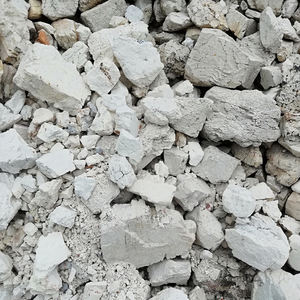
Silicon Carbide Ceramic Refractory Carbide Refractory Plates

Dental Firing Paste Lab Material Refractory Gel Syringes YIPANG Speed Fire Paste Ceramic Firing Paste
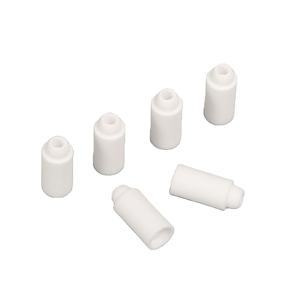
High Purity Brown Fused Alumina 95% Min Al2O3 200 Mesh Powder Low Fe2O3 Refractory Ceramic Kiln Furniture Cutting Bulk Supply
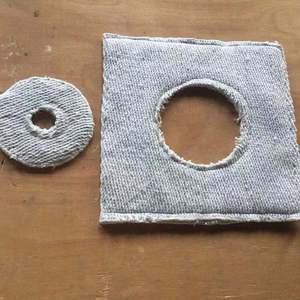
Customized Miniature Ceramics Exothermic Casting Riser Sleeves New Model Bending Cutting Welding Processing For Refractory
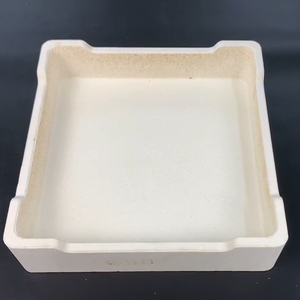
1260 Alumina Silicate Heat Insulation Refractory Ceramic Fiber Board Top Performance Building Material Ceramic Plate
